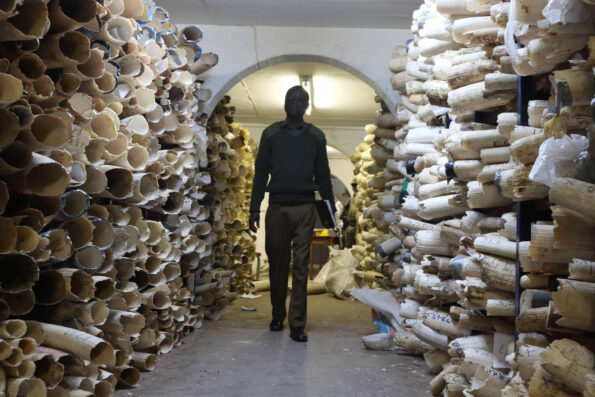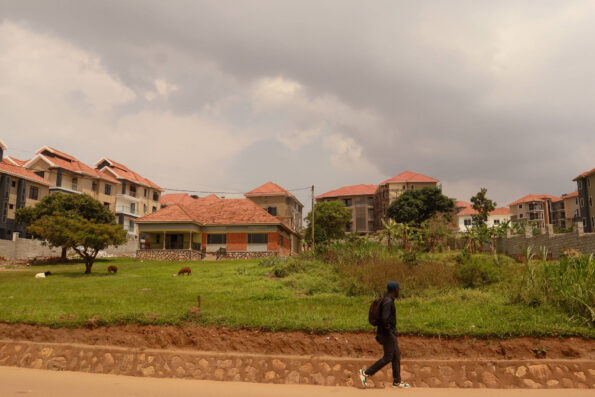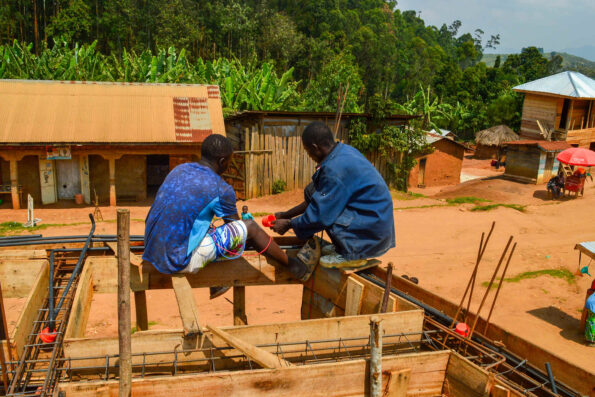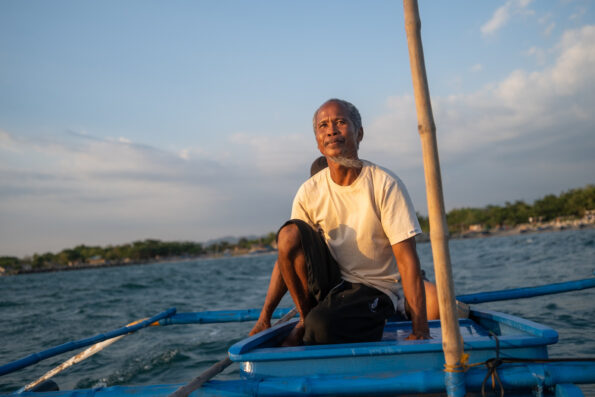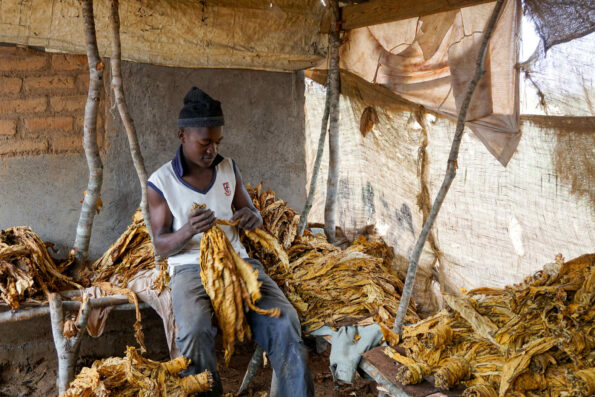
Kudzai Mazvarirwofa, GPJ Zimbabwe
Zimbabwe's Lower Zambezi Valley, pictured here, is a hotbed for poaching. Across Zimbabwe and sub-Saharan Africa, elephants and rhinoceroses are among a handful of animals targeted by people who hunt illegally.
What’s the difference between poaching and trophy hunting?
Technically, a poacher is anyone who kills wildlife in a manner that doesn’t comply with a country’s regulations, whether by not buying necessarypermitsor by hunting in prohibitedtimesorareas.That line is clear, but conservationists and others who study hunting practices say poaching becomes an easy and tempting option when laws grow toonumerous and complicatedor when they conflict with a region’s traditional practices.
Global Press Journal wrote about anti-poaching efforts in Zimbabwe in October (read that story here). In that country, as in many others, poachers are often associated either with international criminal groups who traffic in ivory or with the illicit bushmeat trade. In some cases, the people who engage in what modern conservationists call poaching are carrying out practices that have sustained their communities for generations, such as hunting animals or collecting grass and other natural resources.
A legal hunting trip in Zimbabwe is not cheap. There arefeesfor permits, transportation, equipment and guides, plus the cost of exporting the animals afterward. There are also trophy fees, which range from $5 for a baboon to $11,000 for an elephant weighing over 60 pounds, according to 2016 fee lists.
Of the 640 people arrested for poaching in Zimbabwe in 2017, 590 were Zimbabwean, according to data from the Zimbabwe Parks and Wildlife Management Authority, or ZPWMA.
Trophy hunting in Zimbabwe typically occurs on state, private or communal land, all of which is regulated by ZPWMA. Private land is usually managed by individuals or companies as safari land. Safari land managers decide for themselves whether to hire independent anti-poaching teams or assist ZPWMA rangers in anti-poaching efforts, all while allowing trophy hunters to target elephants and other animals.
Communal land management in Zimbabwe, known as the Communal Areas Management Programme for Indigenous Resources, or CAMPFIRE, is carried out by Rural District Councils. Those councils sell access to wildlife to safari operators. Those communal land areas are the same areas allocated to black farmers during Zimbabwe’s colonial area. The most fertile areas of the country were given to white farmers.
More than three-fourths of hunters on Zimbabwe’s communal lands are from the U.S., according to Zimbabwean government data.
National parks don’t allow hunting, but special permits are granted to deal with animals that are sick, injured, dangerous or destructive. Those park areas were created in 1933 and carved from some of the country’s prime agricultural land, leading some black Zimbabweans to believe that the colonial government valued animals over people. (Cecil, a lion beloved by some government rangers, was killed by an American trophy hunter just outside of a national park.)
Before Zimbabwe enacted controversial land reform laws in the 2000s, trophy hunting generated about $16 million annually, much of which was set aside for wildlife conservation and habitat protection. The country has pulled in less money from trophy hunting in recent years, due largely to habitat degradation following the land reform and a flood of international criticism after the high-profile killing of Cecil the lion in 2015.
The map below shows state, private and communal land, indicating where hunting typically occurs.





